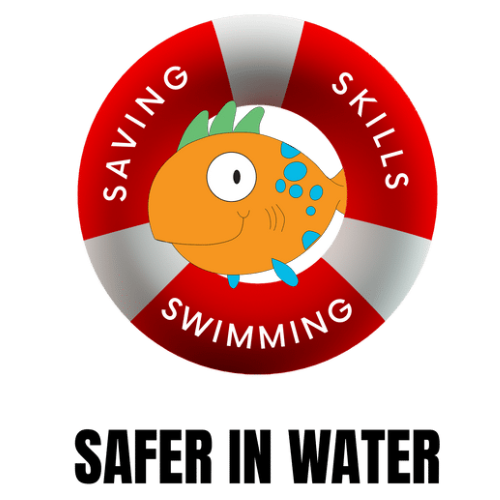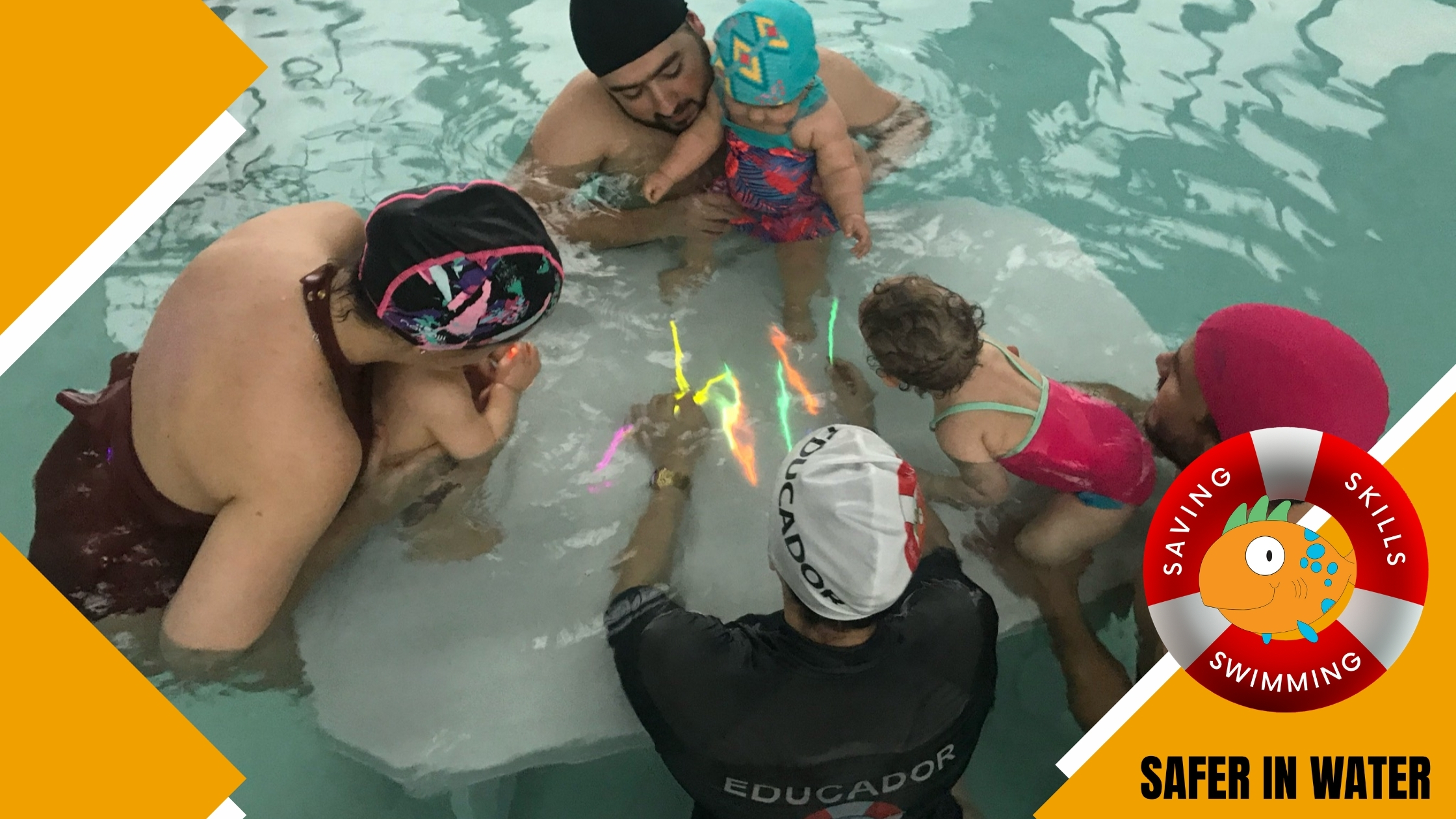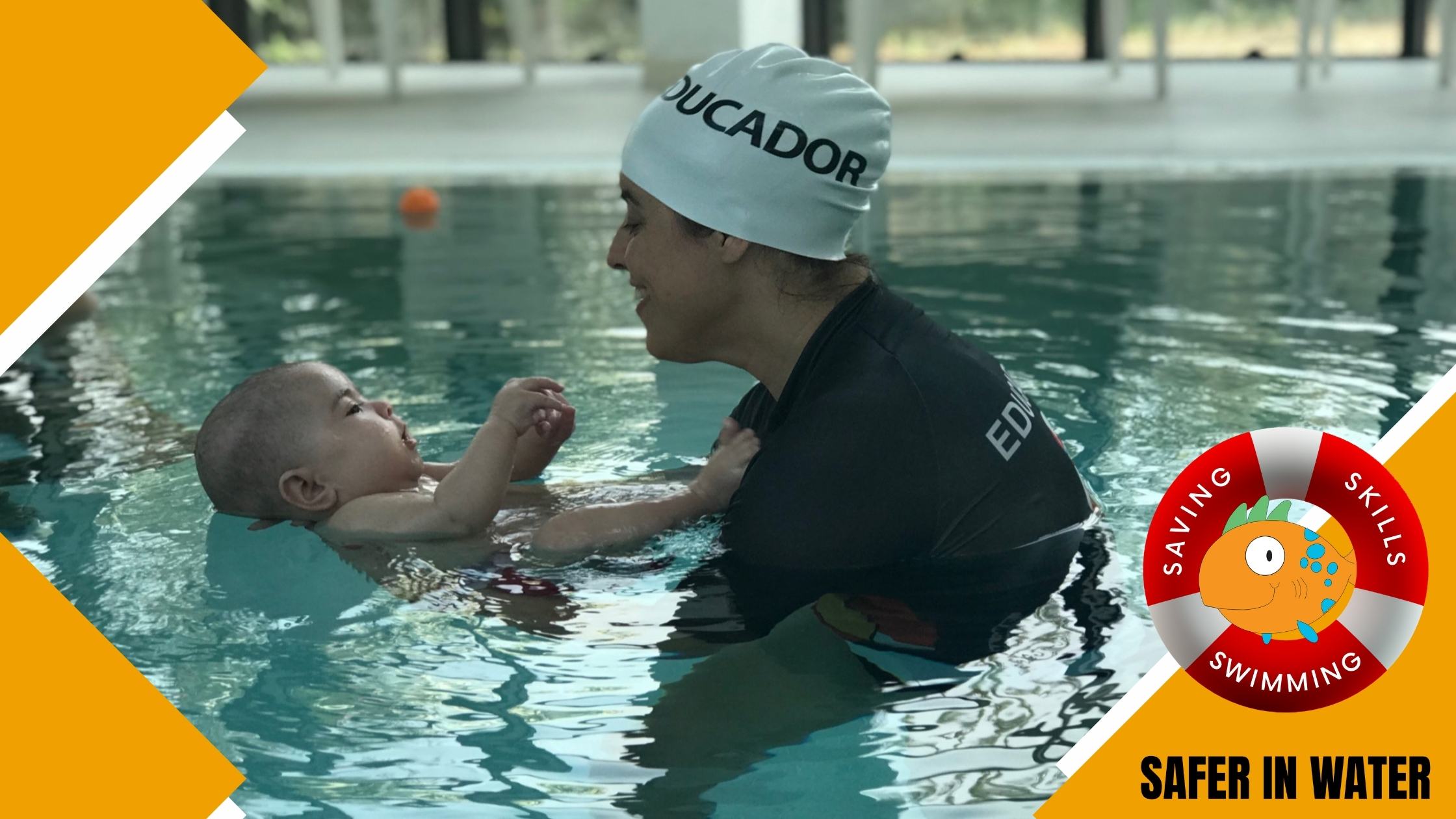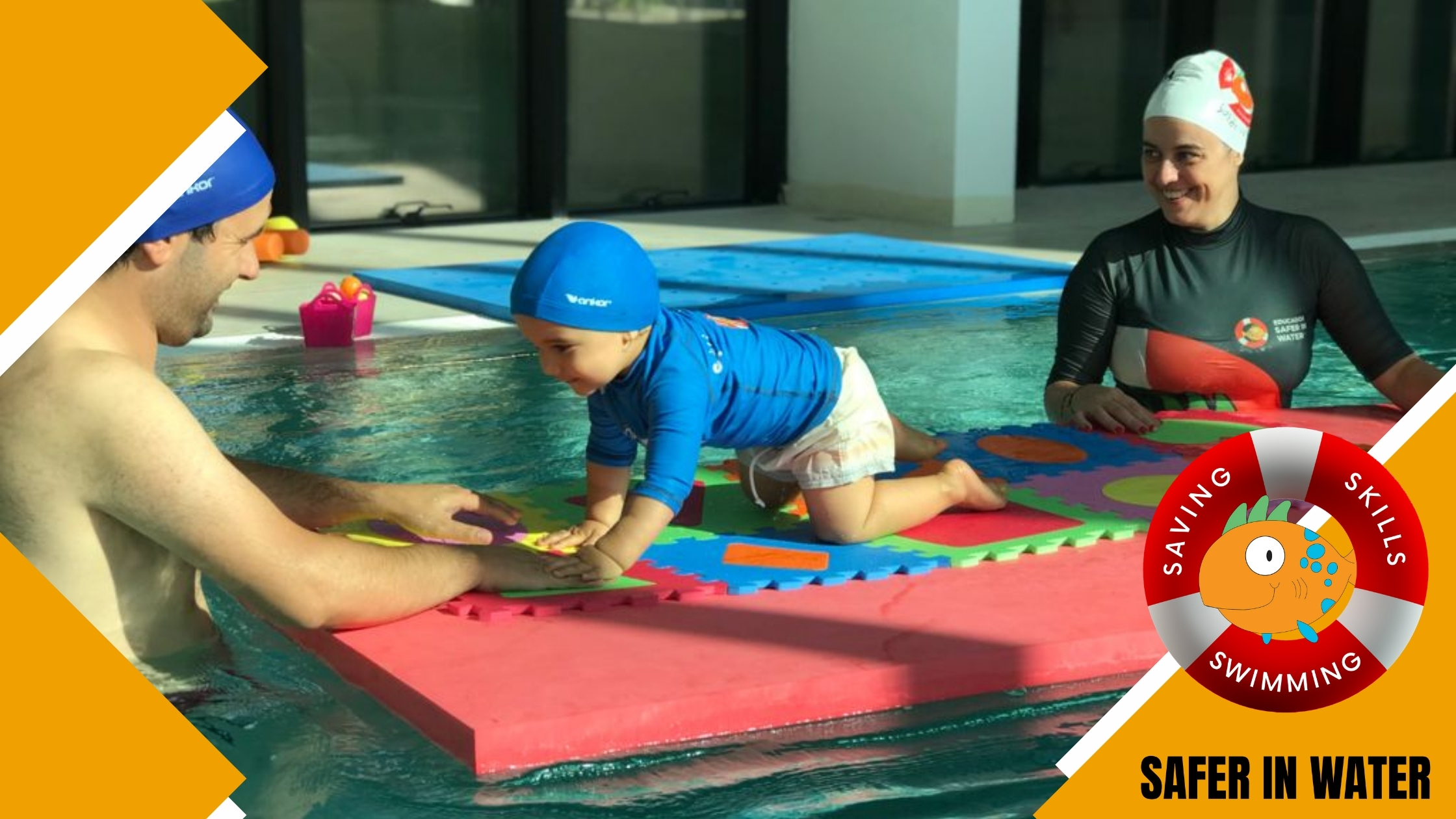blog safer in water
The importance of aquatic survival abilities
“Drowning is a leading killer worldwide, especially among children and young adults. It is preventable, but neglected in relation to its impact on families, communities, and livelihoods”, WHO (2017).
The importance of aquatic survival abilities
Did you know that drowning, in Portugal, is the second leading cause of death by accident in children aged 2 to 14 years old?
Yes, unfortunately this happens in our country, children die from lack of supervision, from lack of proper aquatic education, and from false sensations of safety, transmitted through floating devices.
Whoever is sitting at home reading this article is not aware of the many different accidents that happen in the aquatic environment and the consequences that it often brings to a child’s life.
So what! How can you reduce these incidents and prevent this from happening to your child?
It is very important that children learn to swim from an early age, and when we talk about learning to swim we are not referring to the techniques of breaststroke, backstroke and butterfly, we are talking about survival skills that should be part of the learning plan in all swimming schools at all ages. To invest in teaching that educates the child to be in or out of the water, to make them aware that in the water they can have the most enjoyment, but with rules and safety measures.
This is a measure that would certainly greatly reduce the number of drowning victims. Safety and survival skills are easy to learn and can be taught as soon as the child enters a swimming school, even before learning to swim any style whatsoever.
The very adaptation to the aquatic environment gives children the necessary tools to act in more uncomfortable situations, putting them in safety for a brief moment.
There are already swimming schools with prevention programs, so get informed and find the best for your child.



